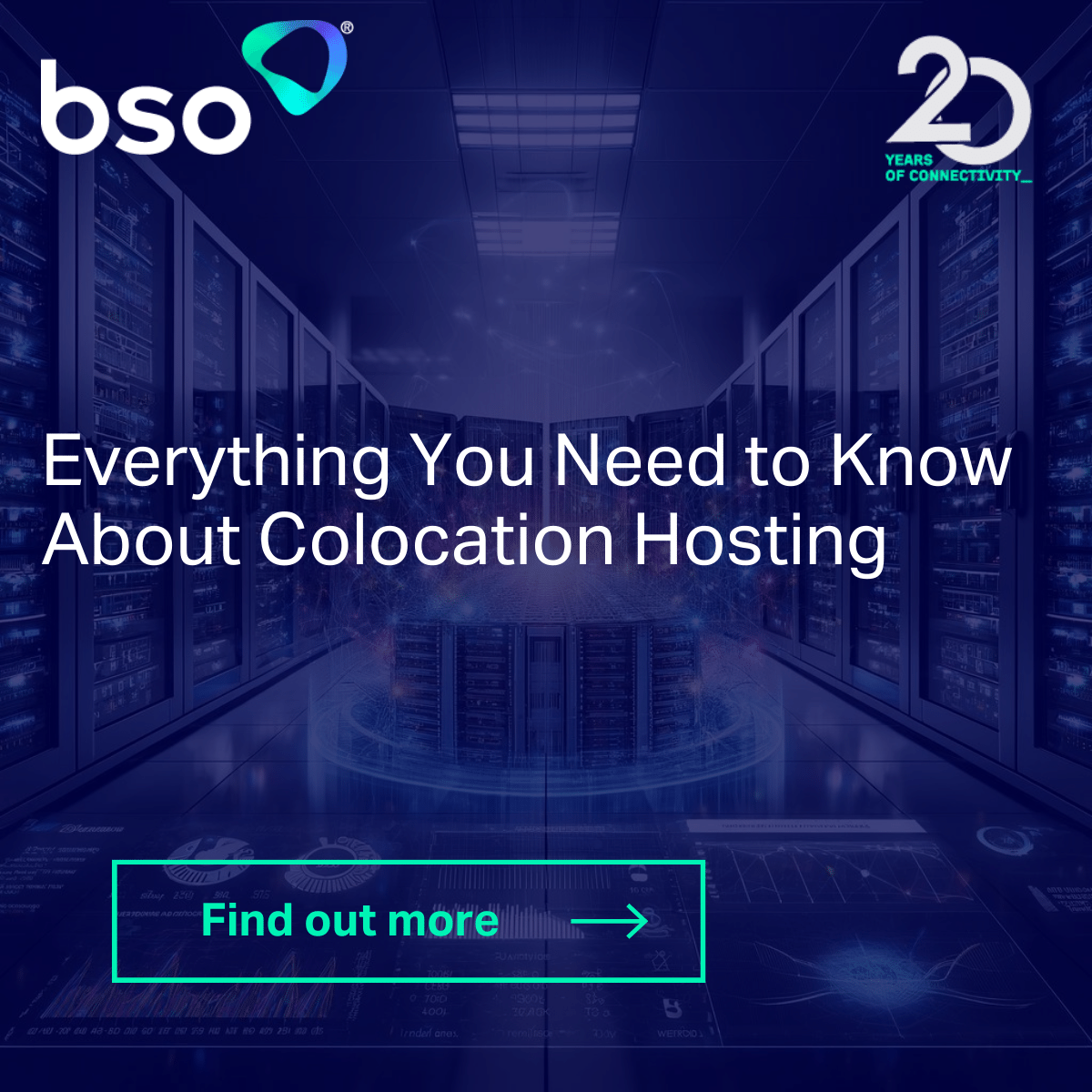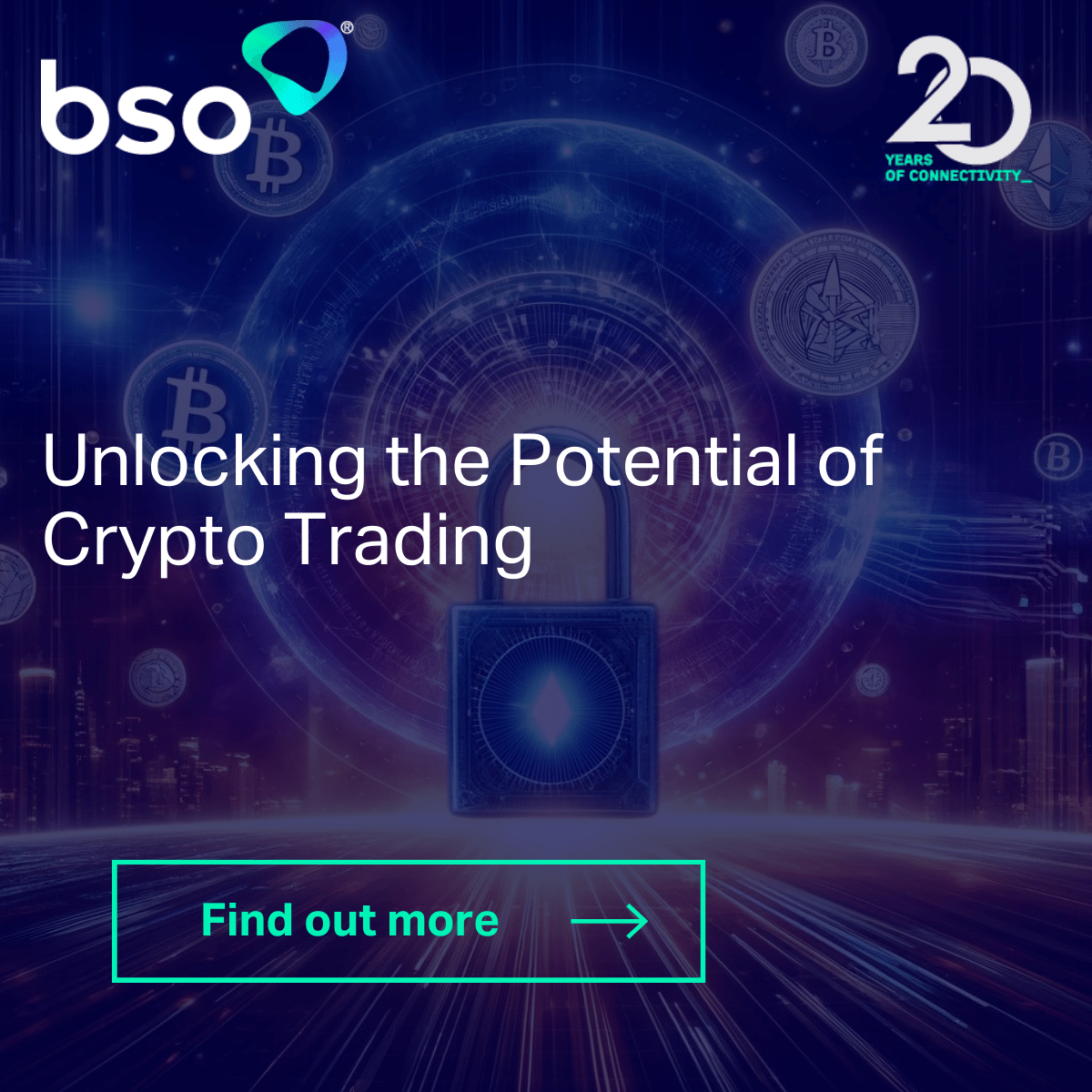
By Steve McConnell, BSO
Historically, the key factors for companies seeking low latency, transatlantic connectivity have been speed, reliability and cost. Market participants trading between different financial hubs needed a guaranteed level of performance, and beyond that it often came down to cost.
But the connectivity marketplace is evolving and it’s clear that many market participants are bringing different factors into their decision-making process. Speed remains a hugely important factor for financial trading networks, but today providers have to compete based on other differentiators. In the case of transatlantic connectivity, the emerging key factors are flexibility and service.
This first of these, flexibility, has gained importance in light of outages that have left industry players scrambling. If an outage occurs, firms need to know they have other options for connecting between European centres and North America. Having route diversity provides a degree of protection for an aspect of trading that is mission-critical.
But flexibility is not just about clients knowing they have multiple data route options. They also need to think about being able to adapt to big changes in international trading patterns.
For instance, it’s early days with regards to Brexit, but the question marks surrounding the EU exit have become a complicating factor since trading firms are well aware that liquidity in some markets could quickly shift. Trading centres not only in various parts of Europe but also in Asia are gearing up to compete for business once there is more clarity around the London’s role as a trading centre that currently boasts the world’s largest forex market and enormous amounts of trade in every asset class.
Another big development that increases the value of flexibility is the trend towards greater data usage. Having large capacity actually used to be about speed. Many large firms opted for 10 gigabyte circuits because anything less added latency overhead to deliver it. But market data feeds over the years have grown exponentially.
Any firm that gets a full book from a major exchange such as ICE or Nasdaq will need plenty of capacity, with some feeds consolidating a number of exchanges. In fact, 100GbE capacity is becoming increasingly common. As a measure of how quickly the industry is evolving, the capability for 100GbE transatlantic connectivity has only been around for half a dozen years. The good news is that as that level of capacity becomes the new normal, it compresses costs on 10GbE circuits.
That leads to the other major new differentiator, which is service. Firms dealing with that much data traffic generally need a level of interaction that is traditionally not associated with a commoditised service provided by a large telco.
The first thing to note is that every firm has unique requirements. For instance, as firms expand into emerging markets, they may need the ability to move data around their core network and then extend it into the new markets they are trading. Such firms will want to know they can partner with their service providers to find optimum ways to do that.
Companies engaged in this business are also constantly looking at upgrading and modifying their network. Having a provider that can offer dedicated resource for projects can make an enormous difference, particularly for those firms that are expanding and looking to build new trading capabilities.
Quality service is not just about resource. It’s also about experience. Providers need to have staff who actually understand the business of trading. They need to understand the different ways that connectivity decisions can impact a trading firm because of latency ramifications. Companies now are placing a lot of value in this level of service, as opposed to the anonymous experience of renting a line from a provider that isn’t focused on the underlying business.
These are a few of the ways that transatlantic connectivity is evolving. What’s notable here is what we haven’t mentioned, namely technology. Of course, changes in technology will always be a key factor for latency-sensitive trading firms. But right now, what has become abundantly clear is that the key value proposition for many participants involves the human angle. We may be talking about connectivity that bridges hundreds and hundreds of miles, but the real distance that market participants are interested in addressing is between their firms and their providers.
Are you looking to upgrade your transatlantic connectivity?
ABOUT BSO
The company was founded in 2004 and serves the world’s largest financial institutions. BSO is a global pioneering infrastructure and connectivity provider, helping over 600 data-intensive businesses across diverse markets, including financial services, technology, energy, e-commerce, media and others. BSO owns and provides mission-critical infrastructure, including network connectivity, cloud solutions, managed services and hosting, that are specific and dedicated to each customer served.
The company’s network comprises 240+ PoPs across 33 markets, 50+ cloud on-ramps, is integrated with all major public cloud providers and connects to 75+ on-net internet exchanges and 30+ stock exchanges. The team of experts works closely with customers in order to create solutions that meet the detailed and specific needs of their business, providing the latency, resilience and security they need regardless of location.
BSO is headquartered in Ireland, and has 11 offices across the globe, including London, New York, Paris, Dubai, Hong Kong and Singapore. Access our website and find out more information: www.bso.co
SALES ENQUIRY
Get in touch now. Find out how we can transorm your business_
You might be interested in_
THE BSO DIFFERENCE
The industries we work across_





/Revolutionising-Connectivity%20BSOs-Tailored-Cloud-Solution-for-CryptoStruct-GmbH.png?width=1050&height=550&name=Revolutionising-Connectivity%20BSOs-Tailored-Cloud-Solution-for-CryptoStruct-GmbH.png)
/6%20Cloud%20Best%20Practices%20for%20Financial%20Technology%20Companies.jpg?width=1200&height=600&name=6%20Cloud%20Best%20Practices%20for%20Financial%20Technology%20Companies.jpg)








